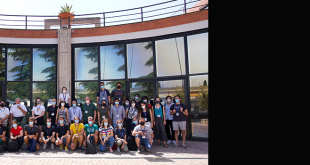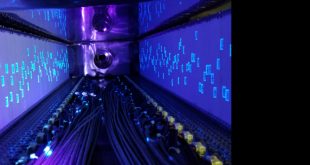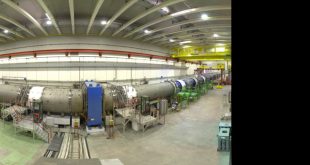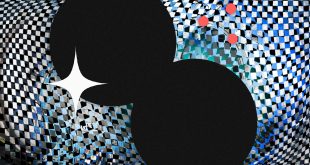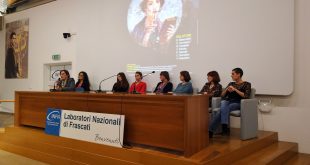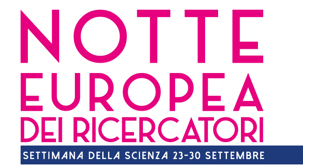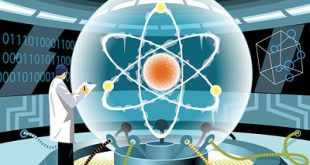I Laboratori Nazionali di Frascati sono i protagonisti dell’ultima puntata di Futuro 24, la rubrica di attualità scientifica di Rai News 24.
Read More »Uncategorized
Fermilab 2021 Summer Student School
The 2021 edition of the Fermilab Summer Student School took place from the 2nd to the 4th of August at the Frascati National Laboratory.
Read More »DATA SET TO SEARCH FOR DARK PHOTONS
On December 2, the PADME run 2 completed the data taking session at the LNF accelerators complex.
Read More »NA62 searches for new physics with kaons
On Tuesday, July 28th, during the 2020 International Conference on High Energy Physics, the CERN NA62 Collaboration announced that they have obtained the first statistically significant evidence for the occurrence of an extremely rare decay predicted by the Standard Model that could open the doorway to the discovery of new physics.
Read More »What gravitational waves can say about dark matter
Scientists think that, under some circumstances, dark matter could generate powerful enough gravitational waves for equipment like LIGO to detect.
By Caitlyn Buongiorno (Symmetry)
International day of Women and Girls in Science at LNF
There were many – and all of them brilliant and passionate – women researchers at Frascati Laboratories, participating in the day of reflection on the role of women in Science.
Read More »pipp
ll
Read More »European Researchers’ Night @ LNF
European Researchers’ Night @ LNF National Laboratory of Frascati On Friday 29th of September it will take place a new edition of the European Researchers’ Night, a date with Science involving more than 300 European cities.
Read More »Towards the QUBIT generation?
The qubit is the unit of quantum information, a superposition of states, used to realize quantum computers. Why we do not yet have quantum computers? Where are the q(uantum)-phone, quantum games and virtual realities?
Read More »A group of Cornell Laboratory for Accelerator-based Sciences and Education (CLASSE) physicists, coming from Cornell University, Ithaca, New York, USA, went to BTF at the National Laboratory of Frascati to develop a new detector with capabilities to chase a new possible particle: dark photon, one possible manifestation of dark matter, potentially produced in electron-positron annihilations. To pursue their tests, the Cornell team chose the BTF, taking advantage of the effectiveness of the facility in conditioning the DAΦNE LINAC primary beam to produce intense secondary beams of both electrons and positrons, adapting them to the particular requirements of the detector. This latter is a calorimeter prototype, an assembly of 16 Cesium Iodide crystals previously installed in CLEO experiment at Cornell with a readout of phototubes borrowed from BaBar experiment at SLAC. Having received the shipment from America, the detector was reassembled in BTF: during the week of testing, the team has explored different energies of the beam, intensity and geometry with the duty to measure the calorimeter performances. “The BTF is a great place to work and we were fine like at home, to our CHESS facility,” said Jim Alexander, leader of the team. “We enriched and strengthened the ties to our European colleagues whose interest in dark photon is closely parallel to our own, and may foretell future, continued, collaboration.” The mission was largely financed by a grant from the Italian Foreign Ministry in order to foster international scientific collaboration USA-Italy on such a kind of research.
Read More » INFN-LNF Laboratori Nazionali di Frascati
INFN-LNF Laboratori Nazionali di Frascati
